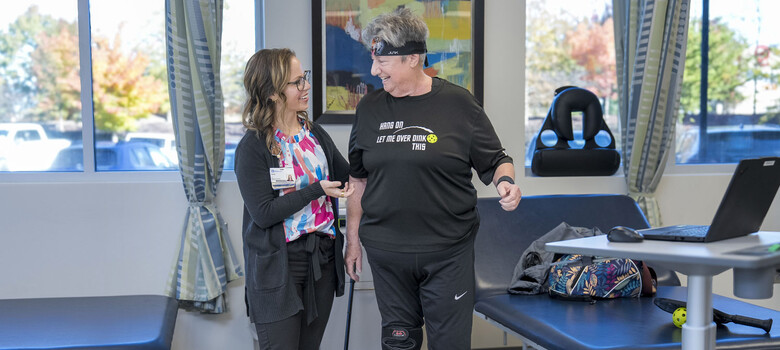 From the DukeHealth.org archives. Content may be out of date.
From the DukeHealth.org archives. Content may be out of date.
Heart Valve Replacement Offers Lifesaving Alternative

After undergoing a minimally invasive heart valve replacement to treat his heart failure, Bobby Hartley said, "I felt 100 percent better almost immediately."
At age seven, Bobby Hartley was diagnosed with Hodgkin’s lymphoma. Chemotherapy and radiation to his chest cured the cancer but damaged his heart. Nevertheless, for more than four decades, he remained in good health.
Then, in 2011, Hartley was sure he had pneumonia. “I couldn’t breathe,” he said. Instead of lung disease, however, Hartley’s problem turned out to be heart failure due to stenosis: His aortic valve had become thick and couldn't open properly. He needed an aortic valve replacement.
Valves can be replaced through open surgery, and the results are good, said Kevin Harrison, MD, an interventional cardiologist at the Duke. “But about one-third of patients are not candidates for open surgery based on frailty, advanced age, or other problems.”
Hartley fell into the “other problems” category. His aorta had become so rigid and fragile that it could not withstand surgery. At one time, there may not have been another option for saving his life. But Duke was using a new method of valve replacement called TAVR (transcatheter aortic valve replacement). It was an option so new that no one else in the Triangle offered it.
What is TAVR?
TAVR is a minimally invasive option for replacing the aortic valve, which directs the flow of blood out of the heart. The diseased valve is replaced with an artificial one.
Instead of opening the heart, surgeons insert the valve through an artery in the groin and guide it up to the heart. The heart is not stopped during the procedure. Recovery is typically quicker with TAVR than with open surgery, with most patients going home from the hospital after a few days.
The Duke Heart Center helped pioneer the use of this valve replacement system in this country. Duke was one of the first centers in North Carolina to perform TAVR, and remains, at this writing, only one of two centers in the state to use something called the CoreValve, an investigational valve that opens up the TAVR option to more people. Because of Duke’s expertise, Dr. Harrison said, “we don’t have to turn many people away.”
Head Above Water
In May 2012, Hartley underwent the procedure and less than a day later was up and walking around. “My heart failure made me feel like I was drowning,” he said. “After my procedure, I felt 100 percent better almost immediately. It was truly an amazing thing.”
Hartley said he was impressed that instead of one doctor, he had a whole team. “I didn't expect that,” he said. “They were awesome.” The team-based approach meant that the recommendation for the best procedure for Hartley was made not by Harrison alone, but by multiple doctors who discussed his particular issues.
“I don’t know how to express my gratitude,” Hartley said. He did find a way to thank part of the team, though. “I still send the nurses flowers to this day,” he said. “I was a hard-headed patient, and they were extremely patient.”



